The King's Scotland where he found solace, shelter and self
She remembers clearly the arrival of her house guest and special protection officer who each took a room upstairs at her home, Burnside, in accommodation that was “a smaller space than a palace” but perfectly fine for the pair who arrived with little luggage.
Charles arrived on Berneray on an off-radar trip to learn from islanders how they managed their land and took up residence with Mrs MacKillop and her late husband, Donald Alex, who was also known as Splash.
Advertisement
Hide AdAdvertisement
Hide AdThe couple met Charles and Princess Diana a couple of years earlier when Donald Alex drove them to a village hall on Berneray in his Ford Fiesta during a royal tour of the Western Isles. Later, the polite invitation to return was, with some surprise perhaps, taken up, with Charles wishing this time to come alone and to stay with the MacKillops in their home.
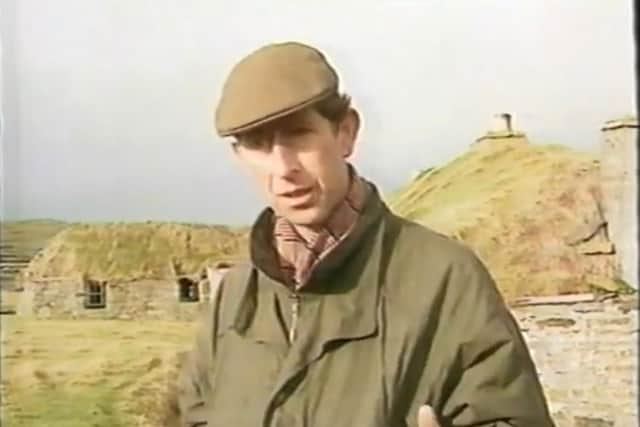

The MacKillops were given some guidance on protocols -- the prince was to be addressed as Your Highness first thing in the morning and last thing at night and Sir at all other times – but Mrs MacKillop remembers an ease quickly surrounding her house guest as he assimilated into island life. Soon, he was dipping sheep, digging potatoes or joining a fishing crew at sea.
Mrs MacKillop, 91, said Charles quickly blended in with other crofters working the coastline or the lazy beds.
"When you looked out, you couldn’t tell one from the other," she said.
“He would be out dipping sheep, planting potatoes or on the machair. He really had this great concern for it, a great interest, which was wonderful.
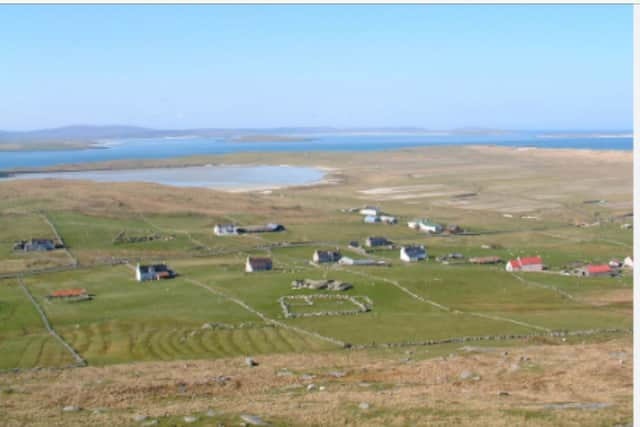

"He was received by people, he was in and out of their homes, people worked with him, accepted him."
For years, perception and accounts of Charles were of a man ill at ease and often unsure of company, but on Berneray, this side of him did not show as he struck up friendships and entertained people with his ideas and stories.
Mrs MacKillop said; “Certainly, there was no awkwardness. It didn't take long for him to feel at home. Quite often he went off to explore, to have his walks. He had his privacy and his security to do his own thing.”
Advertisement
Hide AdAdvertisement
Hide AdMrs MacKillop believes Charles enjoyed a “natural” connection with the island and its people, with Berneray sworn to secrecy about Charles’ visit. As an island looks after itself and its people, Berneray looked out for Charles and not a word slipped from its shores. In 1987, this hard fought privacy sat in high contrast to the rabid speculation surrounding the distance in his marriage.
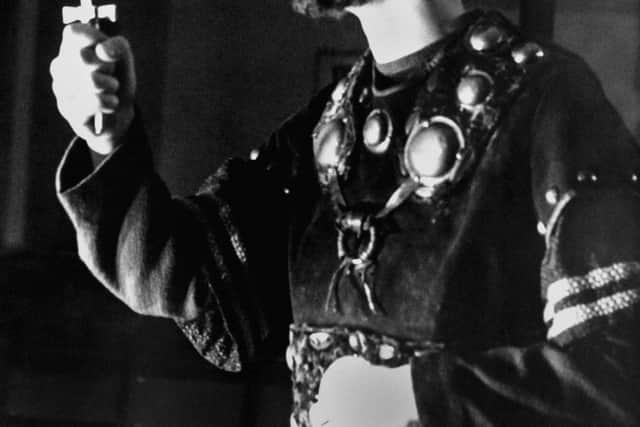

On Berneray, Mrs MacKillop remembers a “peace” around the Prince as he walked the coastline and worked the soil. He went on to write about the “primordial chord” that nature struck within him, with every tree, every hedgerow, every wet place, every mountain and river having a “sacred character” all of their own.
The deep country of Scotland sheltered an awkward, lonely Charles from an early age. He was was sent to Gordonstoun instead of the favoured Eton on the wishes of is father for a “rough and tumble” education to shake the “timorous” teenager, according to biographer Sally Bedell Smith. A feeling that the isolated location of the school might protect him from the press also won favour at the Palace.
On his first day, on 1 May 1962, the then Prince Charles was flown to RAF Lossiemouth in a plane piloted by his father Prince Philip, who was one of Gordonstoun's first pupils.
As time went on and Charles was picked on by pupils keen not to be seen sucking up to the the prince, his sense of isolation deepened at school, where famously the dorm windows were left open at night with some pupils waking up with a cover of snow on their blankets, according to Bedell Smith’s book, Charles.
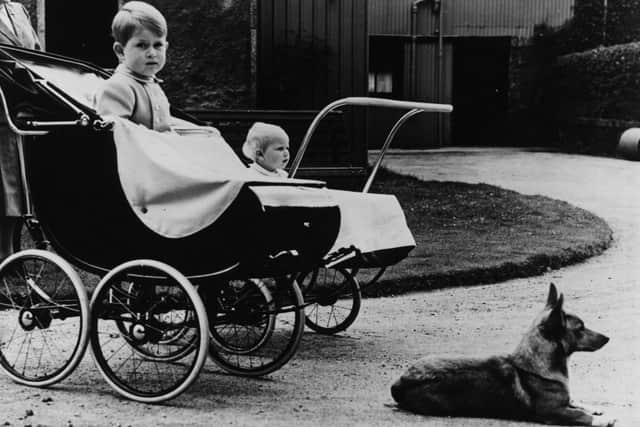

Although he excelled at drama, with his 1965 performance as Macbeth going down a storm, and found a love of pottery, Charles often disappeared at weekends to the home of his grandmother, the Queen Mother, at Birkhall on the Balmoral Estate, just 65 miles from his school. Here he could swerve the high value placed on athleticism and resilience and share his love of Mozart and literature with his ‘Gan Gan’ on Deeside. It also gave him a break from the bullies that he wrote of in letters to friends, with weekends also spent cocooned at the Scottish country estates of his aristocratic associates. David Airlie, the 13th Earl of Airlie, whose ancestral seat of Cortachy Castle near Kirriemuir in the Angus Glens, was an important figure at this time.
The press finally caught up with the prince when he was photographed drinking a cherry brandy in a Stornoway pub aged 14 after a day’s sailing around Lewis. He made the front page of the tabloids with the story leading to the sacking of his Metropolitan Police protection officer Don Green, a friend and ally and rare confidante for the young royal. Later, he said Gordonstoun taught him a degree of self-control and self-discipline.
In a speech to the House of Lords in 1975, he said: "I am always astonished by the amount of rot talked about Gordonstoun and the careless use of ancient clichés used to describe it.
Advertisement
Hide AdAdvertisement
Hide AdHe said it demanded more physically and mentally than other schools, adding: "I am lucky in that I believe it taught me a great deal about myself and my own abilities and disabilities. It taught me to accept challenges and take the initiative."
Balmoral has served as the backdrop to the best and worst times for Charles. As a boy, Balmoral summers brought the family together in a relaxed atmosphere where the countryside seemed to get everyone’s blood running. As a young man he retreated to the hills to shoot and paint. His children’s book The Old Man of Lochnagar was written in the summer of 1969 ahead of his final year at Cambridge University and during the family cruise of the Outer Hebrides on HMY Britannia.
The central character was eccentric figure who lived in the cave at the bottom of the “frowning glories” of the mountain and who treasured his solitude, while immersing himself in nature’s powerful pull.
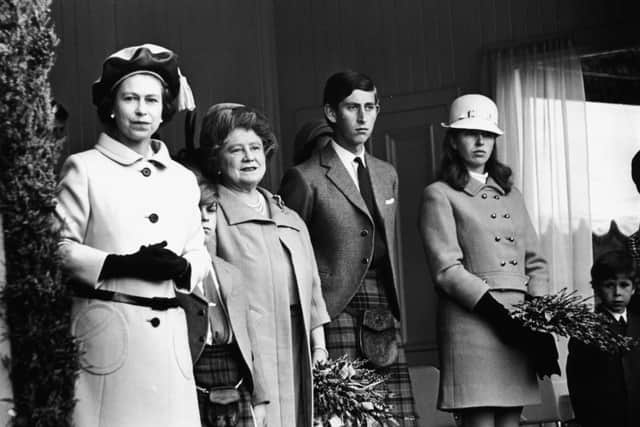

He found support in the surrounding area during some of the most difficult moments in his very public life. In their first outing as a couple, Charles and Camilla attended a ribbon cutting at a playpark near Ballater in April 2005. After the Duke of Sussex published Spare last year, the Kings first public outing was to the Men’s Shed in Aboyne, where the welcome was open and warm. In these places, his private life appears to be of little concern.
A community looks after itself and those who belong, and this community looks after the King.
Comments
Want to join the conversation? Please or to comment on this article.